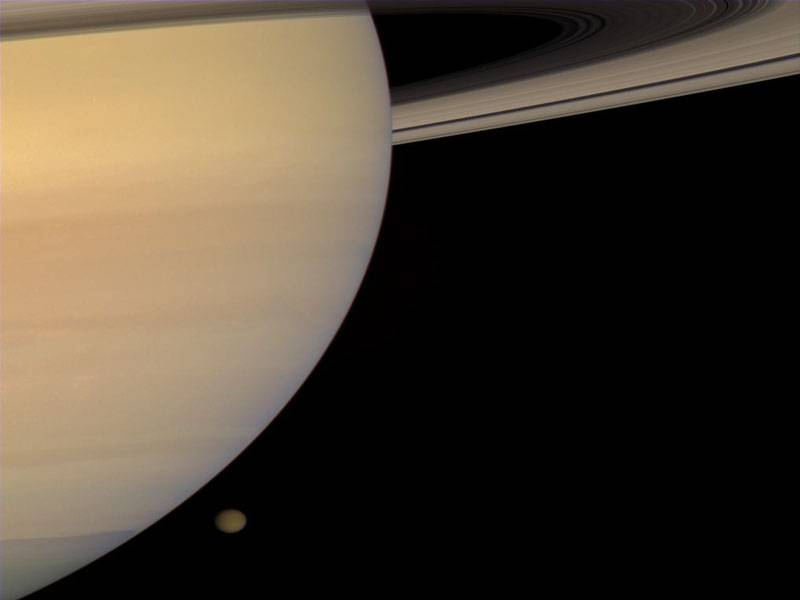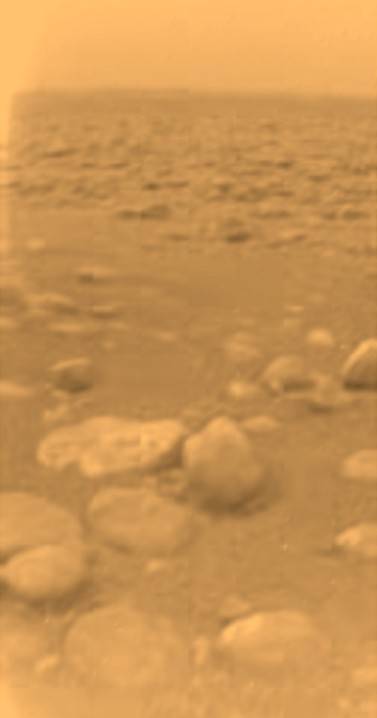Gunny
Gold Member
By Helen Briggs
Science reporter, BBC News
Saturn's moon Titan may have a deep, hidden ocean, according to data published in the journal Science.
Radar images from the Cassini-Huygens mission reinforce predictions that a reservoir of liquid water exists beneath the thick crust of ice.
If confirmed, it would mean that Titan has two of the key components for life - water and organic molecules.
Currently, three other Solar System objects are suspected of having deep oceans: Ganymede, Callisto and Europa.
more ... http://news.bbc.co.uk/2/hi/science/nature/7307584.stm
I have to wonder what evidence supports this notion. Radar images reinforce predictions?
Just curious as to where these scientists come up with some of this stuff.






